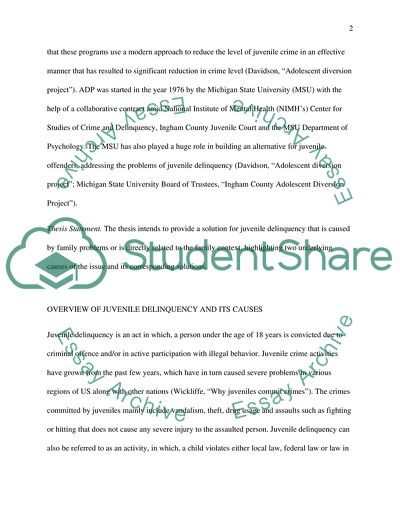Cite this document
(Solution to Juvenile Delinquency Caused By Family Context Report Example | Topics and Well Written Essays - 2500 words, n.d.)
Solution to Juvenile Delinquency Caused By Family Context Report Example | Topics and Well Written Essays - 2500 words. https://studentshare.org/sociology/1829065-solution-to-juvenile-delinquency-caused-by-family-context
Solution to Juvenile Delinquency Caused By Family Context Report Example | Topics and Well Written Essays - 2500 words. https://studentshare.org/sociology/1829065-solution-to-juvenile-delinquency-caused-by-family-context
(Solution to Juvenile Delinquency Caused By Family Context Report Example | Topics and Well Written Essays - 2500 Words)
Solution to Juvenile Delinquency Caused By Family Context Report Example | Topics and Well Written Essays - 2500 Words. https://studentshare.org/sociology/1829065-solution-to-juvenile-delinquency-caused-by-family-context.
Solution to Juvenile Delinquency Caused By Family Context Report Example | Topics and Well Written Essays - 2500 Words. https://studentshare.org/sociology/1829065-solution-to-juvenile-delinquency-caused-by-family-context.
“Solution to Juvenile Delinquency Caused By Family Context Report Example | Topics and Well Written Essays - 2500 Words”. https://studentshare.org/sociology/1829065-solution-to-juvenile-delinquency-caused-by-family-context.


